- News
- Reviews
- Bikes
- Components
- Bar tape & grips
- Bottom brackets
- Brake & gear cables
- Brake & STI levers
- Brake pads & spares
- Brakes
- Cassettes & freewheels
- Chains
- Chainsets & chainrings
- Derailleurs - front
- Derailleurs - rear
- Forks
- Gear levers & shifters
- Groupsets
- Handlebars & extensions
- Headsets
- Hubs
- Inner tubes
- Pedals
- Quick releases & skewers
- Saddles
- Seatposts
- Stems
- Wheels
- Tyres
- Tubeless valves
- Accessories
- Accessories - misc
- Computer mounts
- Bags
- Bar ends
- Bike bags & cases
- Bottle cages
- Bottles
- Cameras
- Car racks
- Child seats
- Computers
- Glasses
- GPS units
- Helmets
- Lights - front
- Lights - rear
- Lights - sets
- Locks
- Mirrors
- Mudguards
- Racks
- Pumps & CO2 inflators
- Puncture kits
- Reflectives
- Smart watches
- Stands and racks
- Trailers
- Clothing
- Health, fitness and nutrition
- Tools and workshop
- Miscellaneous
- Buyers Guides
- Features
- Forum
- Recommends
- Podcast
review
£1,099.00
VERDICT:
Good quality smart trainer with a unique design, but doesn't feel quite as polished as some of its competitors
Weight:
24,000g
Contact:
At road.cc every product is thoroughly tested for as long as it takes to get a proper insight into how well it works. Our reviewers are experienced cyclists that we trust to be objective. While we strive to ensure that opinions expressed are backed up by facts, reviews are by their nature an informed opinion, not a definitive verdict. We don't intentionally try to break anything (except locks) but we do try to look for weak points in any design. The overall score is not just an average of the other scores: it reflects both a product's function and value – with value determined by how a product compares with items of similar spec, quality, and price.
What the road.cc scores meanGood scores are more common than bad, because fortunately good products are more common than bad.
- Exceptional
- Excellent
- Very Good
- Good
- Quite good
- Average
- Not so good
- Poor
- Bad
- Appalling
Bkool's Smart Air is its first direct drive trainer. It works well and has a wide range of resistance, and Bkool's own indoor training environment is well worth diving into. Overall, though, I'm not sure it's doing enough to knock the longer-established smart trainers off the podium.
- Pros: Well built, wide resistance range, effective ERG mode
- Cons: Calibration issues, rocker mechanism resistance too low, noisier than competitors, no native cadence sensing
In the box you get the trainer itself with a very solidly constructed steel frame and plastic resistance unit, a power lead, a cadence sensor (there's no native cadence sensing on the Smart Air) and various ends to slot in for different axle standards. There's no cassette, so you'll need to factor in the cost of one of those, too.
> Find your nearest dealer here
Setting it up is simple: screw in the legs, fit a cassette, find the right axle ends, plug it in and go. The whole process took about 15 minutes.
Accuracy: very good after a few teething issues
Let's delve into some accuracy stuff first. The Bkool Air can't be user-calibrated, and my unit arrived reading high by about 8% compared to my Rotor 2InPower cranks which are at the top end of what I'd call accurate for me. That's enough of a discrepancy to make a hard workout feel (relatively) easy; 10 minutes at 92% of FTP is a very different experience to 10 minutes at 100%, after all.
I asked Bkool about this. 'Yes, we know it's something that can happen during shipping, mostly when we send the trainers from one country to another', was the answer. There are moving parts inside that create the resistance, so getting a knock along the way could send the readings out a bit.
The Air can be calibrated, just not by the end user. After a helpful chat with the support guys and a bit of remote desktopping, mine was back on track. Now the numbers look pretty good:
There's a very strong correlation between the two lines nearly all the way along, with the Air only under-reporting compared to the cranks in the sprint efforts. Across the range of efforts from below to above my FTP, it was more or less spot on. So, a happy ending, although if I didn't have another power meter to benchmark against I might have been none the wiser that the numbers were off if I didn't already know my FTP.
The Air has a claimed maximum resistance of 3,000W. That's a pretty meaningless number in that not even Chris Hoy in his pomp would have troubled it, but it does mean that the trainer can reproduce gradients effectively up to 25%, so you can climb the steep stuff in bottom gear if you want to. There aren't that many opportunities to do that on training platforms. On the Bkool simulator, though, you can hoick yourself up the Alto de l'Angliru, which tops out at around 25% if you're of a mind to take a bit of a beating. On Zwift the maximum gradient is around 17% at the top of the climb to the radio tower. That's hard enough.
Pushing the trainer hard gets the cooling fan going; it's a bit noisier overall than the other smart trainers I've tried recently, and the fan stays on for quite a while after you stop, but it's not like it's unbearably noisy.
Ride feel: good, with quick changes and accurate ERG
The overall ride feel of the Bkool Air is good. There's masses of resistance on tap, and the resistance changes are applied smoothly and quickly when you're riding in Zwift or on Bkool's own platform. There's enough weight in the system to allow a bit of freewheeling and not make the pedalling feel choppy when you've cranked the resistance up nice and high.
In ERG mode (short for ergometer – when your trainer controls the resistance level to keep you outputting your chosen watts) the trainer tracks very well across all platforms, with changes quick and predictable. Sometimes there's a slight lag moving from a high resistance effort to a low one, but that's something I've noticed before and probably it's down to the communication between the software and the trainer rather than any specific issue with the Bkool unit. It probably happens the other way round too, but you only really notice when you're working hard for a couple of seconds longer than you thought you'd need to...
Rocker mechanism: didn't quite rock my world
One of the features of the Bkool Air is that it has a rocker mechanism built in, giving 6 degrees of movement from the centre. That means the bike can move around underneath you, and you're not putting so much stress on your frame, which is a good thing when many manufacturers won't warranty your bike if you damage it riding indoors.
Get up out of the saddle and throw the bike about and there's plenty of movement there. I'm not entirely convinced by the implementation, though: the resistance against the movement isn't very progressive, and it's too low. That means that the bike moves around more than I'd like it to when I'm out of the saddle, and it also means that sometimes the bike leans a bit to one side: not much, but enough to be a bit offputting.
The other trainers I've used that have some lateral movement built in have been better: the Kurt Kinetic Rock 'n' Roll 2 has more resistance, and it's also adjustable for rider weight and feel; it uses the same system updated in its new R1 direct drive smart trainer. The Tacx Neo 2 doesn't move much, but it's enough to give a bit more life to the ride and take some stress from the frame, and your bike's always upright at a standstill.
Bkool Indoor: an impressive indoor training tool
The Smart Air comes with a three-month subscription to Bkool's indoor training app. That's the same as you get with the £349 Smart Go trainer, which is a bit of a disappointment; it wouldn't hurt the bottom line to extend the free period for buyers of the more expensive gear.
Bkool's online environment has come a long way in the past few years. There's more on it, and it's a bit easier to use than it used to be. One of the main directions of travel has been away from real-time video – which used to be the mainstay of the app – and towards 3D-rendered virtual projections of the featured routes. You can now ride virtual courses including classics like the Alpe d'Huez and the Stelvio, as well as a host of others.
One of the good things about the selection of routes is that they're not all big climbs, there are flat routes and lumpy ones – even some that are just descents. Many routes have a map view, a video and a 3D view, and the Simulator defaults to the rendered view. Most of the time I find that's the best one: it's nicer to look at, and higher quality than the video which is often fairly low resolution and taken from a motorbike that leans into the corners, which feels a bit weird when you're crawling round a hairpin.
The virtual display doesn't feel quite as slick as Zwift but it's come a long way in quite a short time, and now there's lots of detail, especially on the more popular climbs. It also means that you can see (and race) other riders in a session. You can join someone else's session or schedule one with your friends if you're all on Bkool. Then you can race it. As well as outdoor rides there are velodromes, and you can hop in and blast a few laps with other riders. That whole 'riding with others' functionality was the whole point of Zwift from the start but feels more like a work in progress in the Bkool Simulator, not least because there aren't as many people online at any one time. Also, the app needs a proper calendar that people can sign up to and ride together; it feels odd just jumping on someone else's ride.
As well as routes there's structured training. You can do an FTP test (5-minute and 20-minute versions are available) and there's a broad range of workout sessions that are tailored to your FTP. The Smart Air can use ERG mode to match your power to the session, and it works very well. There are video instructor-led sessions, which are like a cross between a spin class and a TrainerRoad session, and those keep you motivated and engaged.
Value: expensive at full retail
The bottom line here, really, is that the Bkool Air is entering the market at over £1,000, putting it in direct competition with the Tacx Neo 2 which for me is probably the best trainer you can buy right now. The Neo system has been around a while: it's on version two, with a lot of miles under its belt and some refinements for the second unit over the first. Other highly-regarded and well-established trainers – the Wahoo KICKR and the CycleOps H2 – have an RRP below the Bkool and perform as well, or better.
> Buyer's Guide: 18 of the best turbo trainers and rollers
Realistically, if you're considering spending over a grand on an indoor trainer then a newcomer like the Bkool is going to have to be better in some way than what's already in the market, or come in with the same performance at a lower price, if it's going to bag itself a big share. The Air does neither: it's not as polished as the Neo 2 overall, for a similar outlay. In a straight fight, it's the loser for me. It's already discounted online to well below the £1,000 mark, but then, so is the CycleOps H2 which is just as good. It doesn't have the rocking mechanism, but like I've said, I'm ambivalent about the implementation of that.
This isn't a bad indoor trainer at all. It's a good one. But it's not quite as good as some of the more established options out there.
Verdict
Good quality smart trainer with a unique design, but doesn't feel quite as polished as some of its competitors
road.cc test report
Make and model: Bkool Smart Air Trainer
Size tested: One
Tell us what the product is for and who it's aimed at. What do the manufacturers say about it? How does that compare to your own feelings about it?
Bkool says:
Feel like you're pedaling on the road
Revolutionary design for more realistic training
Tell us some more about the technical aspects of the product?
Bkool says:
Accurate Power
An advanced infrared sensor measures the internal temperature to delivery accurate power readings.
Powerful
Reach up to 3,000W. Recreated gradients up to 25%. Feel its power with every pedal stroke!
Super stable
Its V-shaped legs provide total stability.
Rocking System
Up to 6 degrees of side to side movement providing a real ride feel.
Ultra-quiet
Its new cooling system makes it one of the most silent trainers in the world.
Inertia
Bkool trainers are the only Smart trainers that simulate inertia. The gradients are adjusted automatically.
Is the Bkool trainer a high-end product?
Yes, this trainer uses the latest advances in biomechanics and a simulator with the most advanced software. This trainer has created a new concept in indoor cycling.
Is this trainer compatible with thru axles?
Yes, the Smart Air is compatible with bikes that use a traditional quick release skewer or 12mm thru axles.
What is 3D World? Why is it different from others?
Bkool has developed an exclusive technology, unique in the world. The 3D is created instantly as you pedal, in contrast to others that are recorded and feature limited scenarios. You can cover routes anywhere on Earth, with these reflecting the actual terrain. You can ride these routes with friends, no matter where they are, with each taking the form of an avatar to enter the virtual 3D World.
What do you mean when you say that the trainer includes a simulator?
The Bkool trainer includes a simulator with advanced software that will let you, for example, select from routes of all over the world or hundreds of videos and ride with your friends from home. These days, a trainer without a simulator is a thing of the past.
Can I use a MTB?
Yes, you can use a MTB. With a direct drive trainer, the trainer replaces your rear wheel so you no longer have to buy a slick tire!
What wheel sizes are supported?
Thanks to the direct drive transmission, the Bkool trainer is compatible with practically any wheel diameter including 26', 27.5', 29', 700c...
Features:
Cutting-edge design to bring you close to reality.
Resistance Magnetic
Power 3,000 watts
Connections ANT+, Bluetooth Smart ©
Stability Extra stable
Weight 24 kg
Noise Ultra quiet
Rocking 6°
Rate the product for quality of construction:
8/10
Rate the product for performance:
7/10
Rate the product for durability:
8/10
Rate the product for weight (if applicable)
8/10
Rate the product for value:
5/10
Tell us how the product performed overall when used for its designed purpose
It's a good indoor trainer.
Tell us what you particularly liked about the product
Well built, wide resistance range, effective ERG mode.
Tell us what you particularly disliked about the product
Calibration issues, rocker mechanism resistance too low, noisier than competitors, no native cadence sensing.
How does the price compare to that of similar products in the market, including ones recently tested on road.cc?
It's almost the same as a Tacx Neo 2 at full RRP and more than a KICKR or an H2.
Did you enjoy using the product? Yes
Would you consider buying the product? I'd probably go with one of the more established options.
Would you recommend the product to a friend? If the articulated design was really important to them.
Use this box to explain your overall score
It's a good trainer. There's a lot of competition at the top end, though, and for me other options are more attractive.
About the tester
Age: 45
I usually ride: whatever I'm testing... My best bike is: Kinesis Tripster ATR, Merida Scultura
I've been riding for: Over 20 years I ride: Every day I would class myself as: Experienced
I regularly do the following types of riding: road racing, time trialling, cyclo cross, commuting, touring, club rides, sportives, general fitness riding, fixed/singlespeed, mountain biking, Mountain Bike Bog Snorkelling, track
Dave is a founding father of road.cc, having previously worked on Cycling Plus and What Mountain Bike magazines back in the day. He also writes about e-bikes for our sister publication ebiketips. He's won three mountain bike bog snorkelling World Championships, and races at the back of the third cats.
Latest Comments
- Rome73 1 sec ago
Even those of us in North London, who rarely have cause to go sarf of the river, will mourn the loss of Brixton Cycles.
- chrisonabike 21 min 41 sec ago
So what you're saying is the "baseline" would move from "lit up like a Christmas tree" to "like a chameleon at a rave" * ... and it would have...
- Oldfatgit 31 min 52 sec ago
Thank you for asking Aidan, much appreciated....
- eburtthebike 8 hours 26 min ago
A sad case, and one with no winners. The driver can thank her lucky stars that the cyclist wasn't more seriously injured and that the court was...
- ktache 9 hours 31 min ago
And I liked endura too. Got a nice long sleeve mostly merino long sleeve a little while back, in orange.
- matthewn5 9 hours 59 min ago
No, the Ebay lights have been around for several years, this Lezyne light just appeared.
- chrisonabike 10 hours 15 min ago
They shouldn't worry - the second part of the "tariff" refrain is "they can make it in US and they'll do very well".
- Mr Blackbird 10 hours 47 min ago
"At the going down of the sun, it will get in our eyes and cause us to crash into things."
- chrisonabike 15 hours 50 min ago
Indeed - but again these are perhaps questions we should keep asking. Even if the immediate answer is "well we are where we are" or "how on earth...














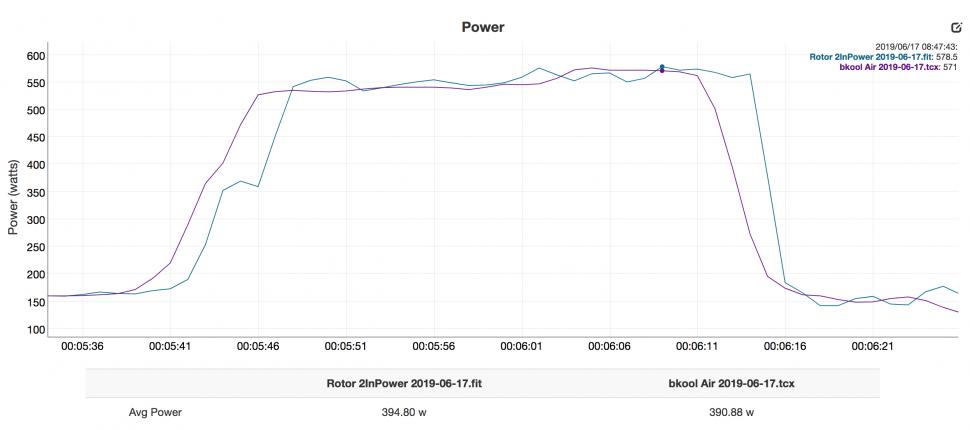
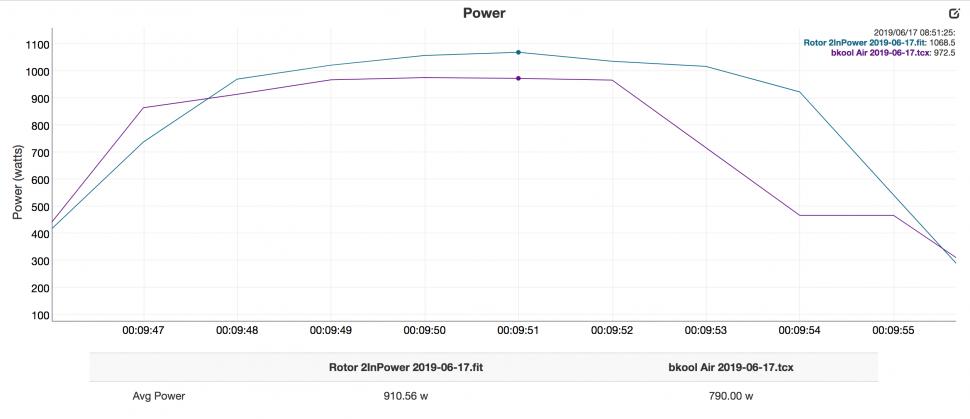
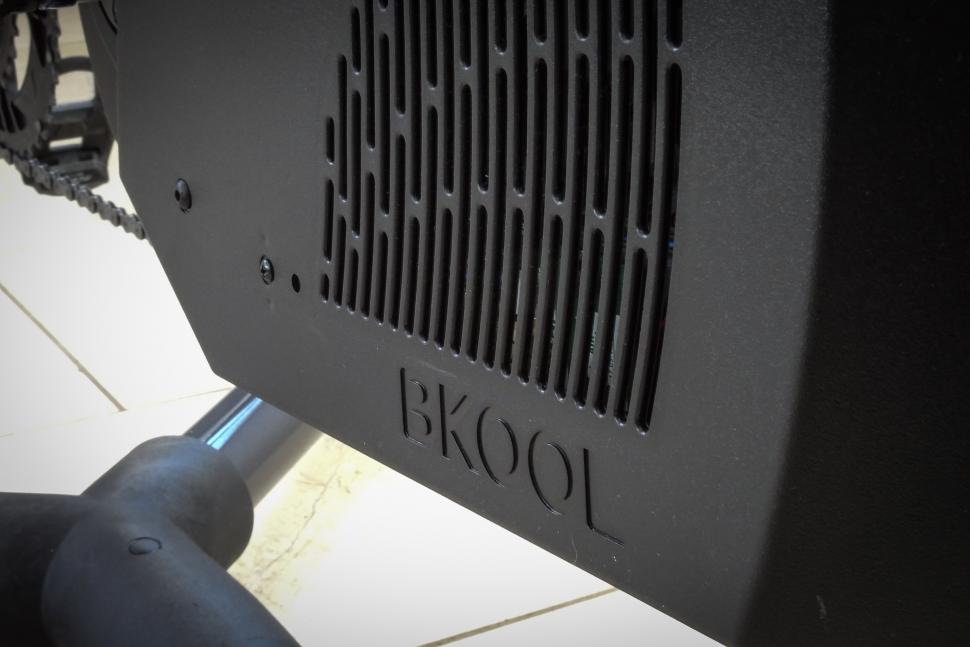

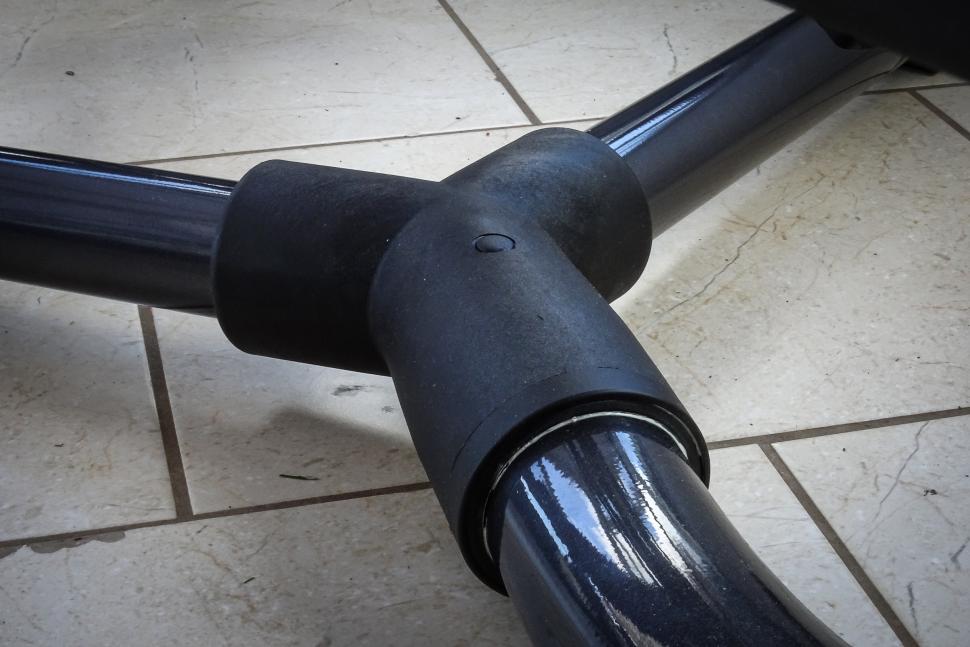
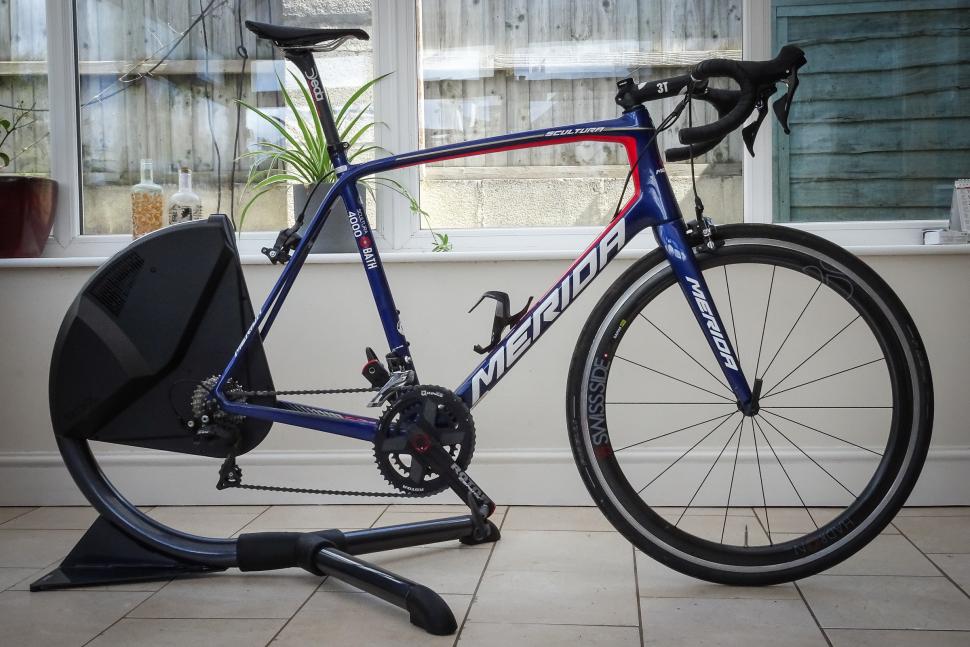
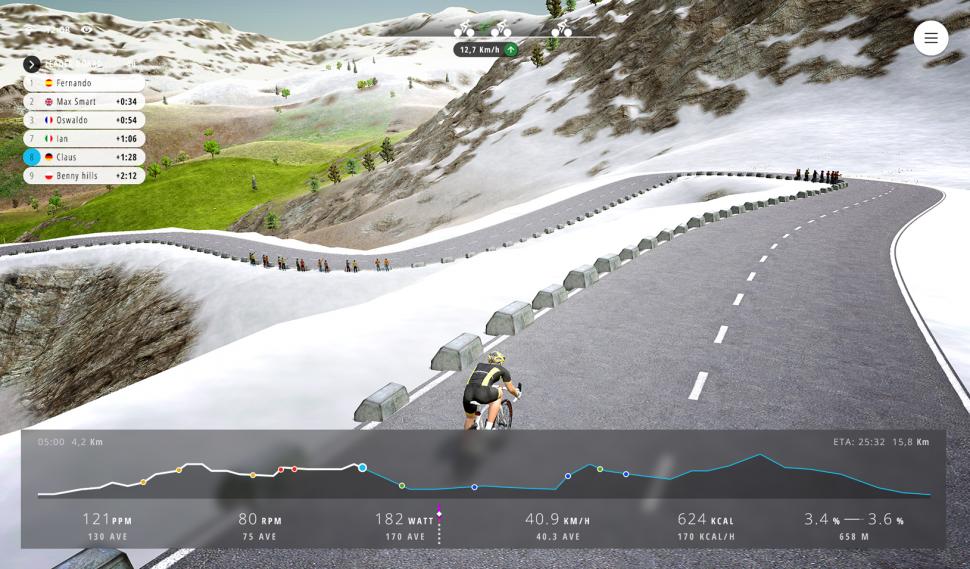
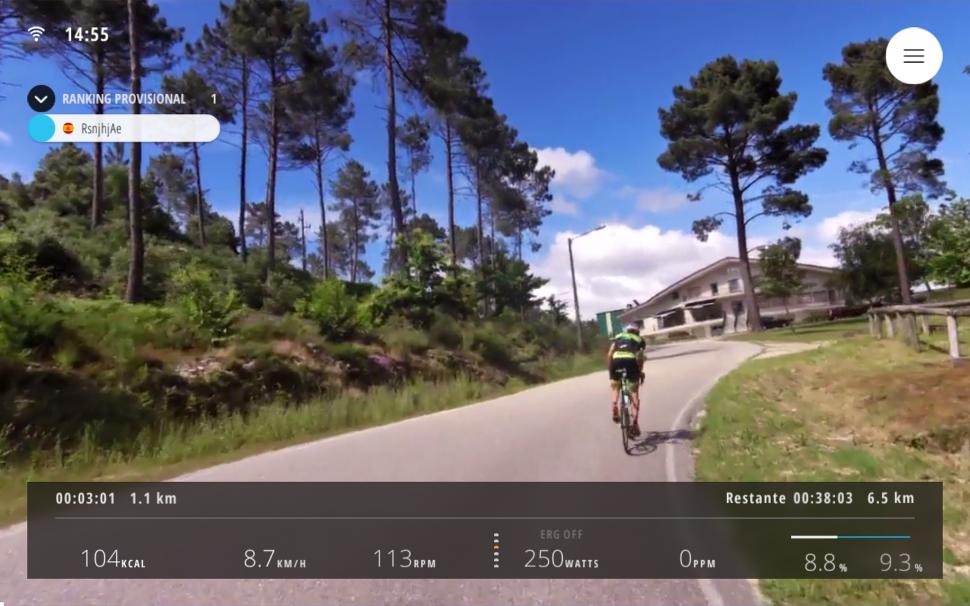
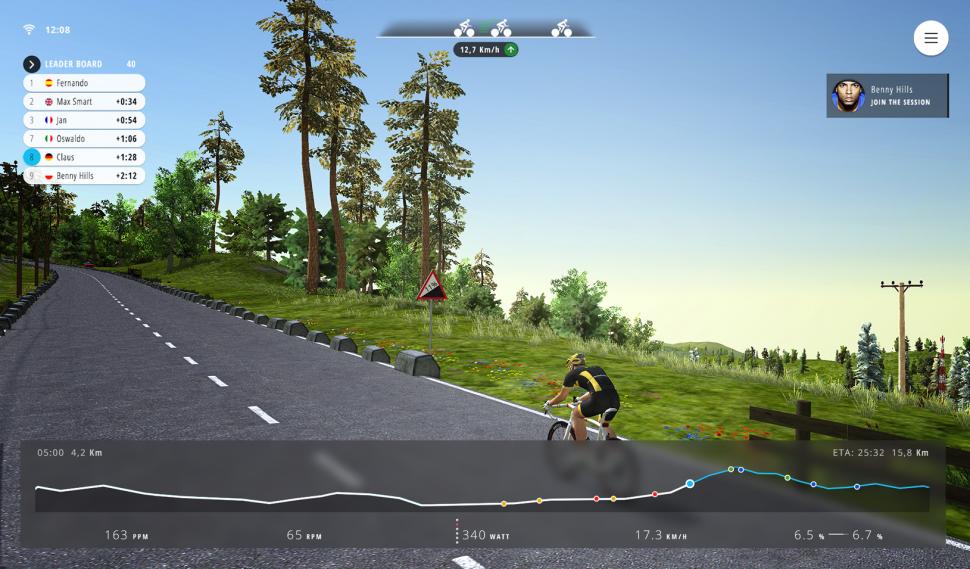
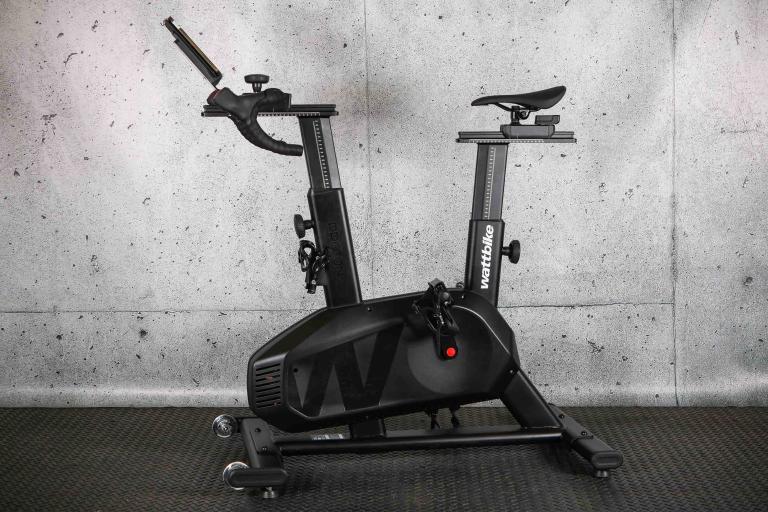
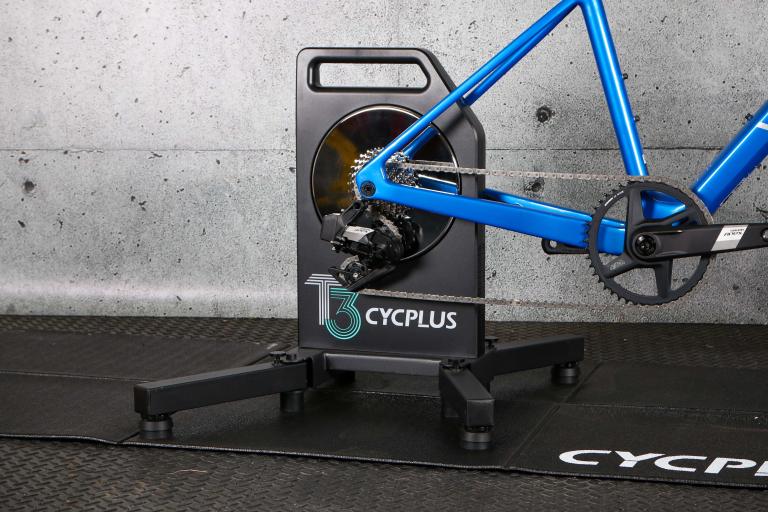
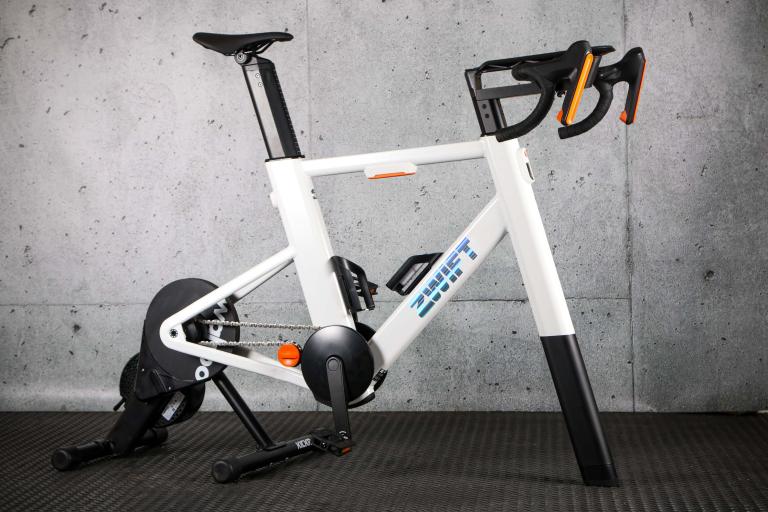

Add new comment
4 comments
I know there are variables in turbo training, and training is just training, but when I used to beat certain competitors on a bkool. Then to swap to a recognised top end trainer Neo and get absolutely thrashed in the next event is a bit annoying
I've used a bkool Pro for ages. It tends to over read by 15 to 20 watts at a true 300 watts (or true based on my power meter). If you want true power just ensure the bkool software is connected to your own power meter. In reality if you are training only on this machine it doesn't matter. If you are 'racing' and don't have an accurate power meter then maybe it's a problem. The best thing about bkool is the sheer variety of routes including iconic climbs I would struggle to afford to visit.
I know of a few reported ride results using courses from this years Giro TT and TDF where the Bkool users on BSIM have been able to come in the top 10 of the real professional riders results or even 1st with ridiculous power figures.
Bkool has a major issue of over reporting power, therefore speed, I believe. Those who come over from Bkool with their Bkool trainers have great results in Zwift. I have had races on bkool with a bkool pro and could produce 400W where with my Neo 2 I can only produce 285W
Its great for ego boost to use a Bkool
A number of users I have seen swap to a recognised high end turbos-Tacx Neo, have seen their power and speed figures drop significantly, as much as 30%.
I'm under no illusions that I can't ride as fast as a pro rider, anyone that thinks they can or cheats their power to weight ratio is a fool.
My Neo and virtual rides are what helps met get through the horrible winter months, only wish I had my set up inside my house, rather than my freezing cold garage
The Neo measures power accurately, but you wouldn't believe the number of people moaning how it measures power compared to their power cranks/pedals etc. Just ride for god's sake, stop worrying about the numbers